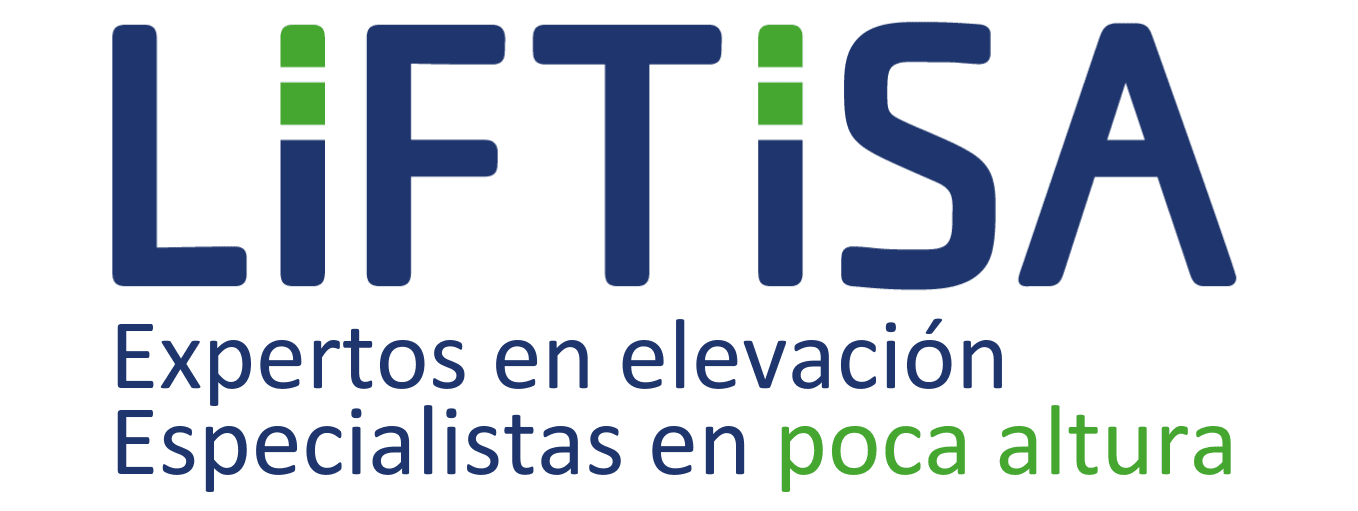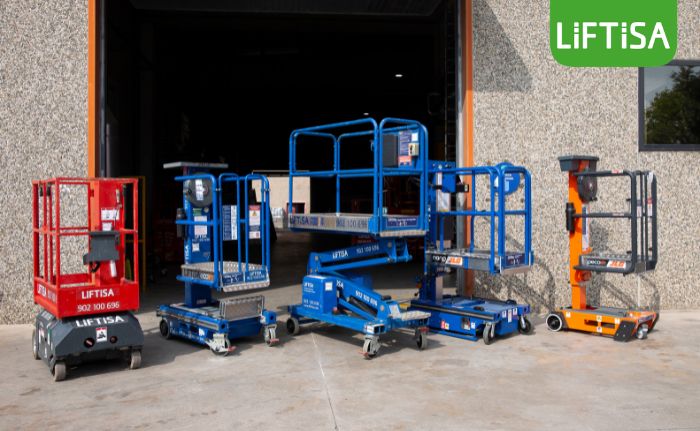Tabla de contenido
Classifying aerial work platforms: a focus on the small ones
In the aerial work platform industry, the diversity of sizes and types available can be overwhelming. However, understanding the key features and benefits of each type is essential to ensure we always have the right platform lift for the job. In this article, we will explain the market for the low lift platforms or small lift platforms, including electric, mixed and manual and hybrid models with heights up to 6 meters.
What makes small aerial work platforms different?
The small or low lift platforms not only differ in height, but also in their combination of width and weight, crucial factors for accessing specific locations. Therefore, understanding the key requirements of the workplace is critical to ensure the right machine is used.
Height and width: two key factors
When selecting the proper platform size, the height at which the work will be performed and the width of the machine are the initial considerations. For example, the EcoLift platform offers an exceptionally compact footprint with a width of only 0.7 meters, facilitating access to narrow spaces. However, in some cases, this reduced size may require the machine to be heavier to maintain its range of motion.
Weight and soil requirements
The weight of the machine can be critical in places with technical structures or floors. Some small platforms, such as the model PecoLifthave been designed with this aspect in mind. Although its width is comparable to other models, its weight is less, only 180 kg. However, this may lead to a slight reduction in range and a greater rear overhang. This type of platform is often ideal for indoor applications where machine weight is more important than a compact footprint.
Access and types of platforms
In addition to height, width and weight, accessibility requirements are essential when selecting the right type of platform. Platforms with extension, such as the Nano SP orNano SP Plus,they can overcome obstacles such asshelves or production areas.
Considering the energy source
Another factor to consider is whether power is available in the workplace.. Small lifting platforms are usually operated with batteriesThis meets the needs of many customers. However, in locations without access to power or in applications that require long travel times, the manual options o mixedmay be more appropiate.
Conclusion
Maximizing productivity and safety starts with understanding the needs of the workplace and the capabilities and benefits offered by the different categories of lift platforms. Choosing the right size and type of platform can turn a small lifting platforminto ahighly productive and safe tool..




